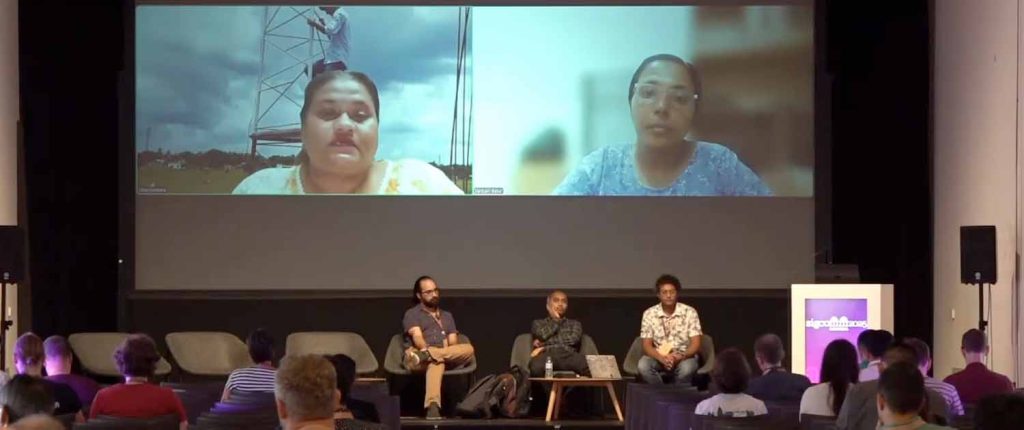Bridging the Digital Divide: The Importance of Internet Measurement in Rural Areas

The digital divide continues to widen as rural communities remain underrepresented in global Internet datasets. While urban centers dominate Internet infrastructure and performance statistics, rural areas, home to the majority of the world’s offline population, face persistent connectivity challenges. Earlier this month, the Internet Society organized an insightful panel discussion at ACM SIGCOMM 2025 in Portugal, bringing together experts from India, the UK, and the United States to address the critical gaps in Internet performance measurement for rural and underserved regions.
Understanding the Rural Internet Gap

Pexels
Effective measurement is essential for identifying gaps, guiding investments, and developing inclusive policies. However, rural areas present unique obstacles such as sparse infrastructure, limited local expertise, and complex socio-economic environments. More than 2.6 billion people worldwide remain offline, a majority of whom reside in rural regions. Even in areas where mobile networks are present, limited backhaul capacity often hinders stable and reliable connectivity. As Ritu Srivastava from IEEE noted during the panel, accurate measurement is critical for visibility. Without visibility, regulators and policymakers cannot identify the gaps that require urgent attention, leaving many rural communities invisible in current datasets.
The Shortcomings of Current Measurement Systems

Pexels
Global Internet performance data is often derived from platforms such as Ookla, Cloudflare, and Fast.com. While these platforms provide valuable insights, their focus on urban areas skews the data, neglecting rural communities where volunteer or commercial activity is lower. Traditional metrics like speed and latency fail to capture the true quality of Internet services, particularly in terms of affordability and reliability. Community networks and rural ISPs often lack resources to host measurement probes, further exacerbating the disparity. Consequently, policymakers are left with incomplete or skewed datasets, creating ‘policy blind spots’ that undermine targeted investment and infrastructure development.
Local Innovation and Global Solutions

Pexels
Despite these challenges, promising initiatives are emerging to close these blind spots. Community-driven innovations, such as localized measurement frameworks, provide a glimmer of hope. Srivastava emphasized the importance of integrating these local efforts into global measurement frameworks to create a more comprehensive view of Internet performance. For instance, middle-mile infrastructure remains a critical weak point that impacts the success of last-mile deployments. According to Sarbani Banerjee Belur of BITS Pilani, strengthening upstream connectivity is vital to ensuring rural networks can thrive.
The Role of Satellites and Future Research

Pexels
Low-Earth Orbit (LEO) satellites, like Starlink, are often touted as a revolutionary solution for remote regions. However, findings presented by Nishanth Sastry from the University of Surrey revealed that LEO systems frequently prioritize wealthier areas, potentially introducing new forms of inequality despite offering high-speed connectivity. These concerns highlight the need to measure satellite performance across diverse geographies to ensure equitable access to digital resources.
Charting a Path Forward for Digital Equity

Pexels
The panel discussion underscored that rural Internet measurement is not merely a technical challenge—it is a fundamental issue of digital equity. If the experiences of rural users remain unmeasured, the next billion Internet users may be left behind. Organizations like the Internet Society, through initiatives such as Pulse, are collaborating with researchers, policymakers, and community networks to address this gap. By focusing on inclusive and accurate measurement, these efforts aim to ensure that rural communities are no longer forgotten in the digital transformation of our world.

